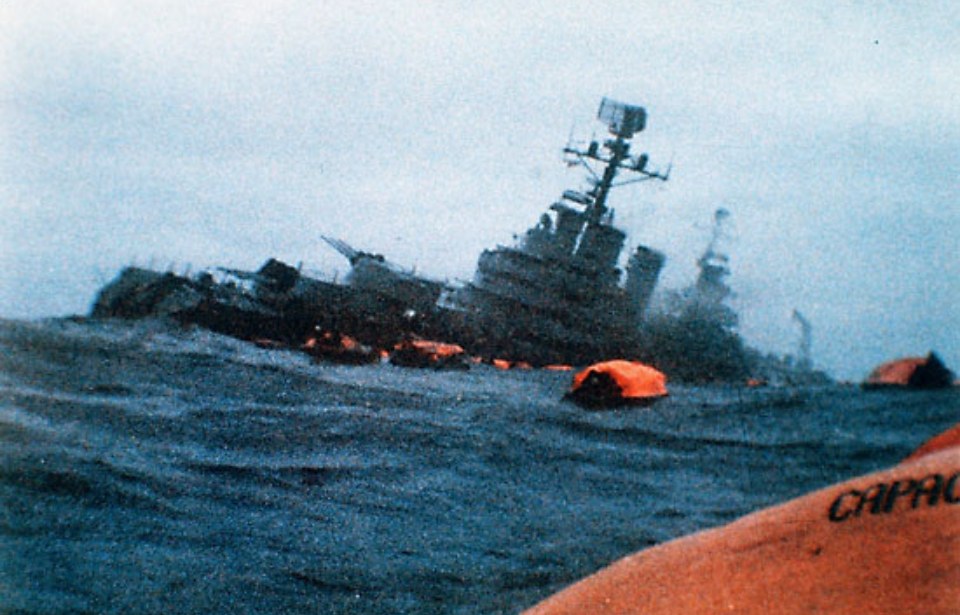The importance of submarines in global military forces was solidified by both the First and Second World Wars. The dominance of German U-boats in the North Atlantic played a key role in drawing the United States into World War I. Their impact lasted into World War II, where they managed to sink approximately 3,000 Allied vessels. However, it’s noteworthy that post-1945, only two submarines have successfully sunk enemy ships in combat.
Submarines after World War II
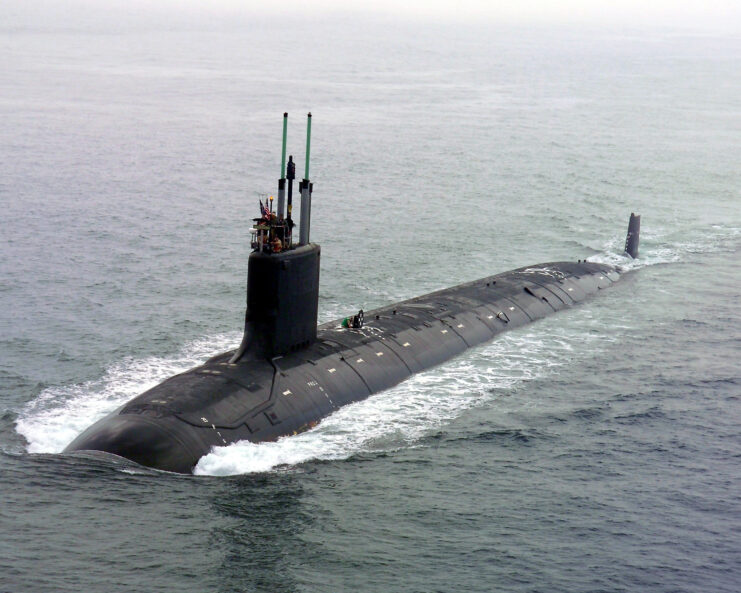
Following WWII, submarines remained an integral components of a number of the world’s navies and received a number of technological boosts. The post-war period saw them gain the ability to launch nuclear weapons. Nuclear power plants also managed to find their way onboard the vessels, which, along with equipment designed to extract oxygen from the water, allowed submarines to stay submerged for months on end.
Despite these improvements and extended capabilities, none sank an enemy ship during this period – that is, until the 1971 Indo-Pakistani War.
PNS Hangor (S131)
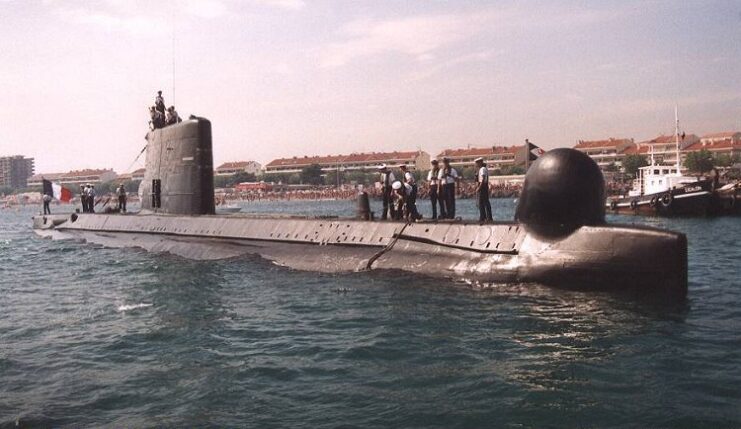
The PNS Hangor (S131) became the first submarine to sink an enemy ship since 1945. Operated by the Pakistani Navy, she was a French-made Daphne-class submersible designed with twelve 550 mm torpedo tubes.
In late November 1971, the Pakistani vessel was dispatched to the Arabian Sea, where she discovered a large group of ships from the Indian Navy. She kept her distance and investigated their communications. Over the next few days, the Indian vessels learned of Hangor‘s presence and sent two British-built frigates to find her.
The INS Khukri is sunk
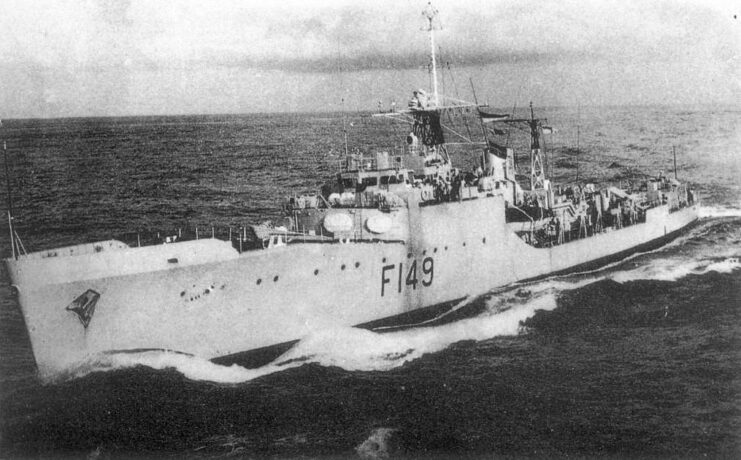
On December 9, Hangor detected the frigates and dived until they came into torpedo range. She then fired a homing torpedo at one of the vessels, the INS Kirpan (F144), which missed. Kirpan hightailed it as soon as her crew realized they’d been targeted. Meanwhile, the second frigate, INS Khukri (F149), barreled toward the submarine, hoping to sink the vessel. However, Hangor fired a second torpedo, which struck Khukri.
The torpedo dealt a fatal blow, sinking the frigate in mere minutes and claiming the lives of 18 officers and 176 sailors. Kirpan returned for another attack, to which Hangor responded by firing a third torpedo. This failed to stop the enemy vessel, but did prompt the ship to flee the scene.
Following the engagement, the Indian Navy launched a search and destroy mission for Hangor. However, she managed to reach safe waters after remaining submerged for almost a week. Today, the submarine is on display at the Pakistan Maritime Museum in Karachi, Pakistan.
HMS Conqueror (S48)
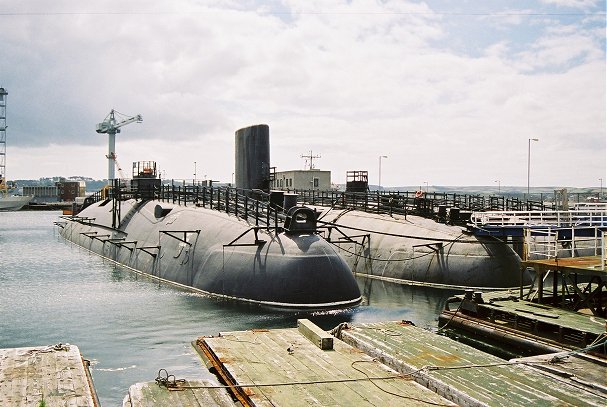
The HMS Conqueror (S48) was the second submarine to have sunk an enemy ship after WWII. What’s more, she’s currently the only nuclear submersible to have earned the achievement. Her actions during the Falklands War in 1982 are among the most famous naval encounters in recent decades.
Conqueror was a British Churchill-class nuclear-powered submarine that launched in 1969. She was 285-feet long and displaced 5,400 tons while submerged. Powered by a Rolls-Royce nuclear reactor, Conqueror could operate for as long as her crew had the necessary supplies to remain submerged.
The sinking of the ARA General Belgrano (C-4)
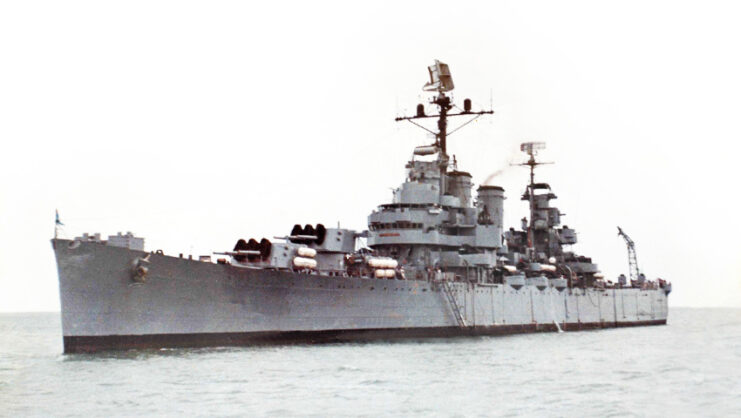
The submarine began the long journey to the Falkland Islands the day after Argentina invaded. Once there, she was tasked with guarding the British exclusion zone and monitoring Argentine naval activity in the area. Toward the end of April 1982, Conqueror spotted the Argentinean cruiser ARA General Belgrano (C-4), a WWII-era cruiser that was originally an American ship.
During the Second World War, General Belgrano was known as the USS Phoenix (CL-46) and was present when the Japanese attacked Pearl Harbor in December 1941. By the 1980s, the vessel had little chance against a modern nuclear submarine like the HMS Conqueror.
On May 2, Conqueror received permission from the British government to attack General Belgrano, firing three Mark VIII torpedoes, two of which hit the ship. Just like the PNS Hangor, the submarine managed to evade efforts to locate and sink her.
Are you a fan of all things ships and submarines? If so, subscribe to our Daily Warships newsletter!
Following the Falklands War, Conqueror returned to the United Kingdom, flying the Jolly Roger flag, a Royal Navy tradition for submarines that achieved a kill. She was retired in the 1990s and is still awaiting scrapping.
